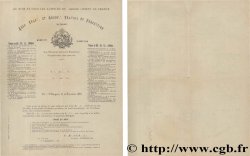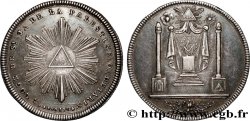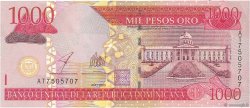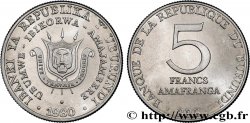Not available.
Item sold on our e-shop (2020)
Price : 120.00 €
Item sold on our e-shop (2020)
Price : 120.00 €
Type : CONGRES INTERNATIONAL DE LA PAIX A GENÈVE
Date: 1867
Metal : bronze
Diameter : 33 mm
Orientation dies : 12 h.
Weight : 22 g.
Edge : Lisse
Catalogue references :
Predigree :
Exemplaire provenant de la Collection JCT
Obverse
Obverse legend : SI VIS PACEM PARA LIBERTATEM����.
Obverse description : La Liberté de nombreux symboles foulent le sol a ses pieds, dont le niveau.
Reverse
Reverse legend : CONGRES / INTERNATIONAL / DE LA PAIX.
Reverse description : Sur 3 lignes : / GENÈVE / 9 SEPTEMBRE / 1867. Triangle rayonnant intègre un bonnet phrygien, avec deux mains serrées, en signe de foi.
Commentary
Les délégués des loges maçonniques de Genève, d’Italie, de France, et de Belgique participeront à ce congrès international.
Le congrès de la paix et de la liberté est organisé à Genève par le pacifiste français Charles Lemonnier (1806-1891) et par le juriste français Émile Acollas (1826-1891) avec le soutien de nombreux intellectuels comme John Stuart Mill, Elisée Reclus, Élie Reclus, Victor Hugo, Giuseppe Garibaldi, Louis Blanc, Edgar
Quinet, Jules Favre and Alexandre Herzen. Dix mille personnes en Europe signent des pétitions en soutien au congrès..
Le congrès de la paix et de la liberté est organisé à Genève par le pacifiste français Charles Lemonnier (1806-1891) et par le juriste français Émile Acollas (1826-1891) avec le soutien de nombreux intellectuels comme John Stuart Mill, Elisée Reclus, Élie Reclus, Victor Hugo, Giuseppe Garibaldi, Louis Blanc, Edgar
Quinet, Jules Favre and Alexandre Herzen. Dix mille personnes en Europe signent des pétitions en soutien au congrès..








 Report a mistake
Report a mistake Print the page
Print the page Share my selection
Share my selection Ask a question
Ask a question Consign / sell
Consign / sell
 Full data
Full data











